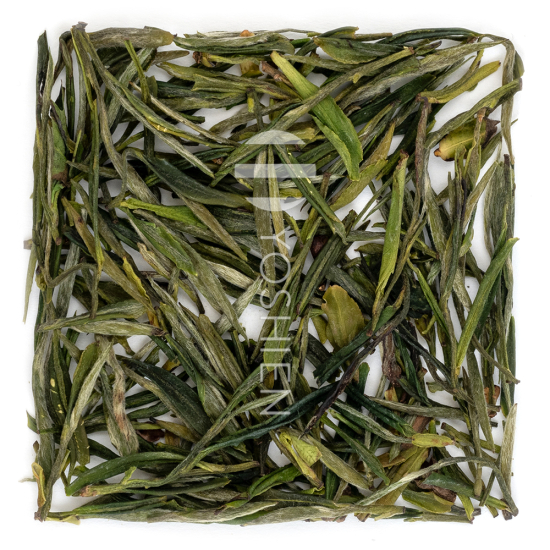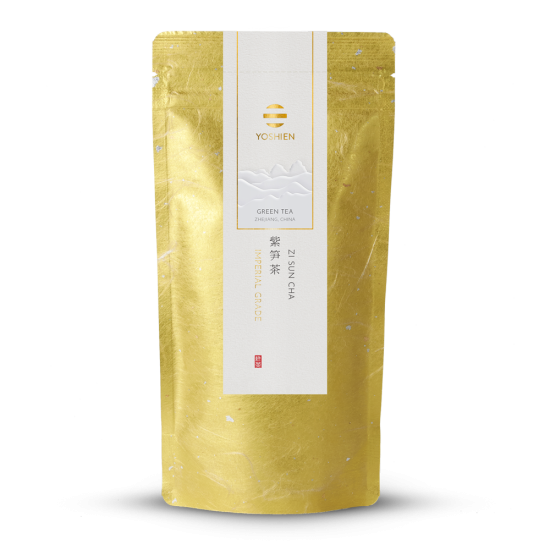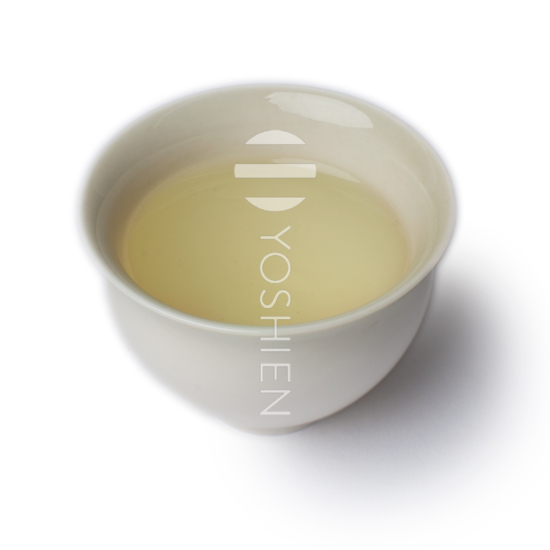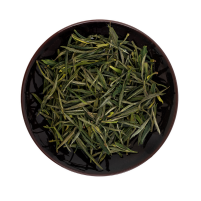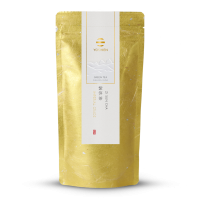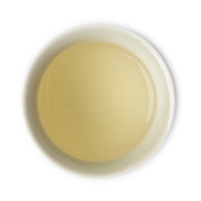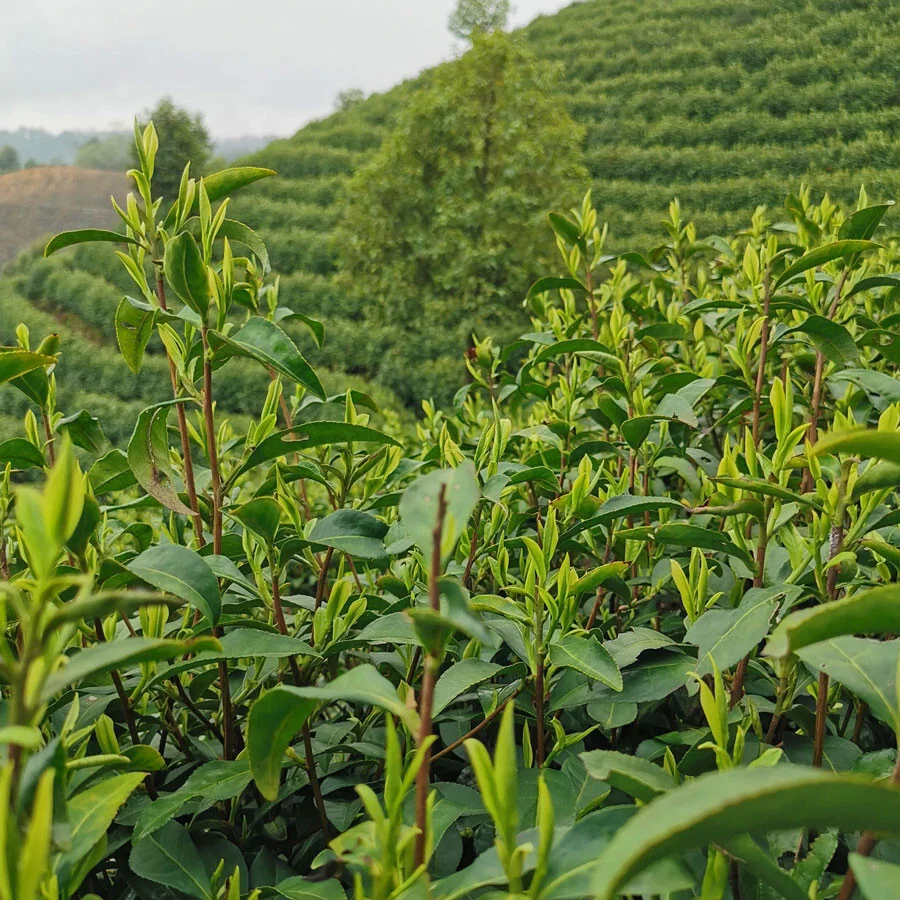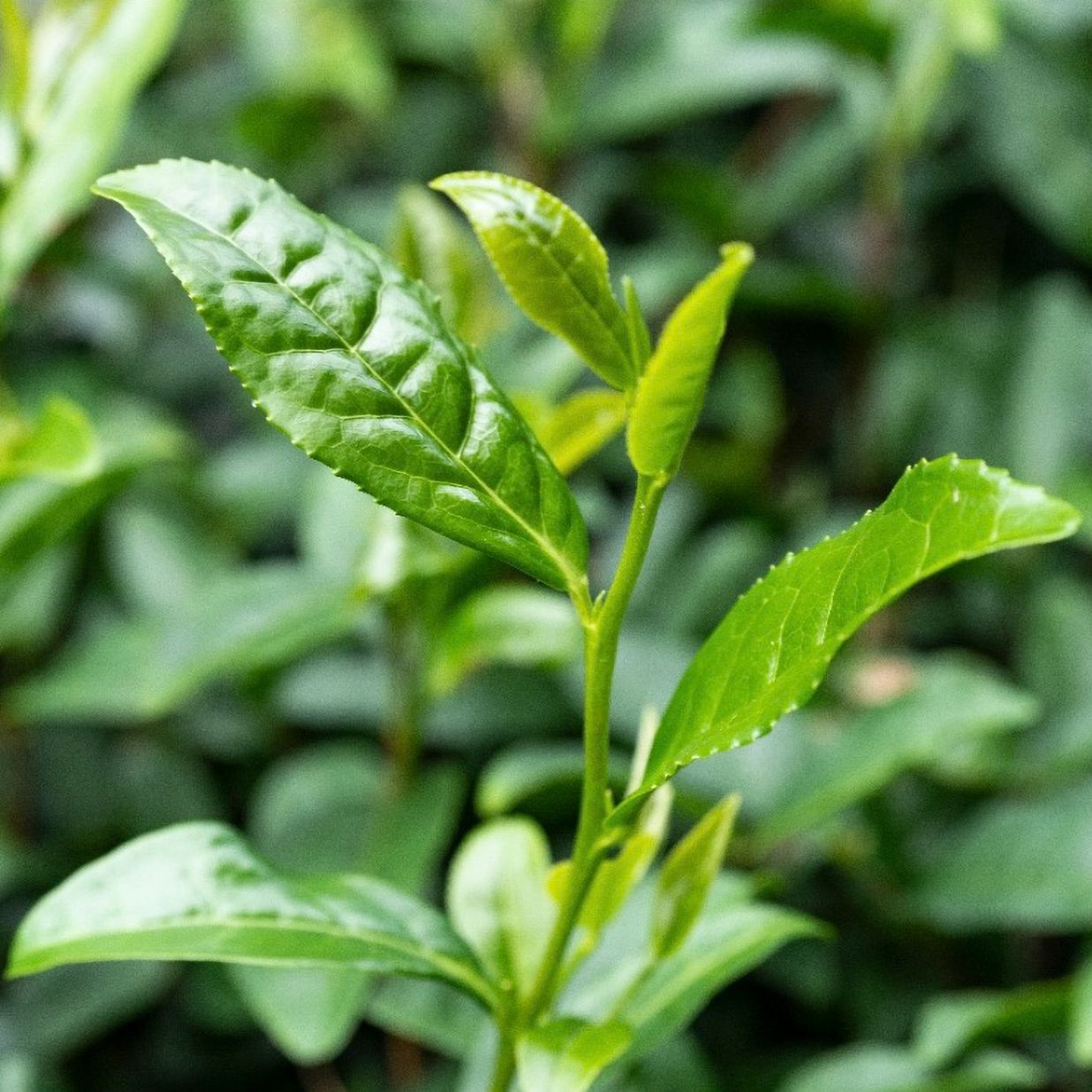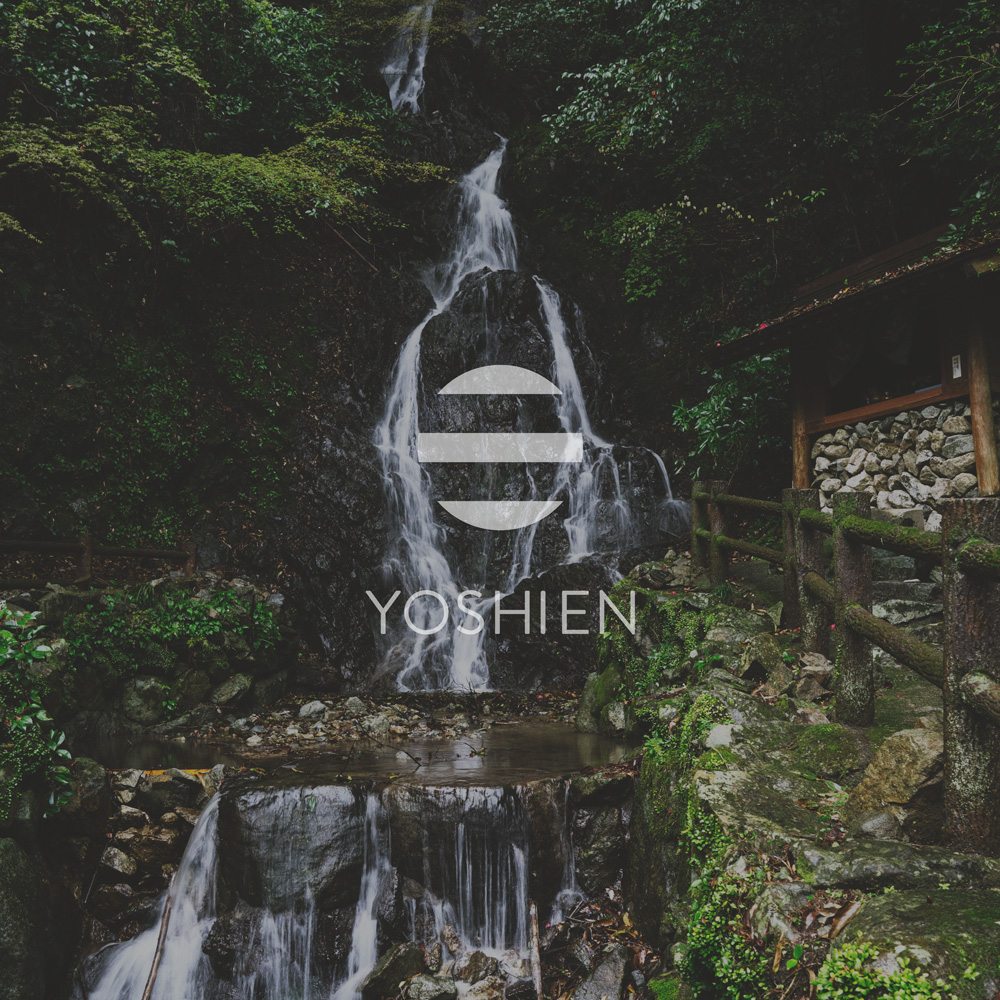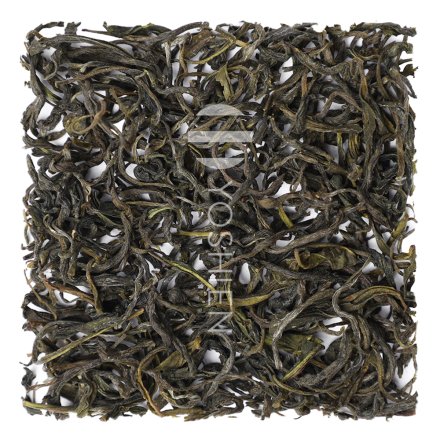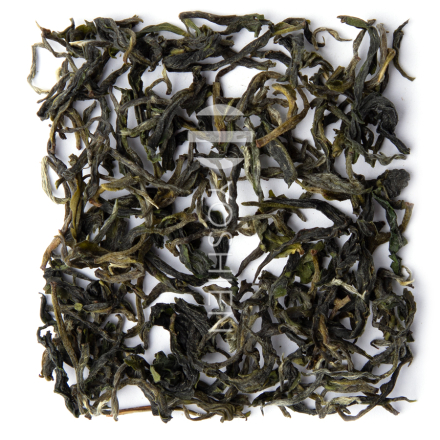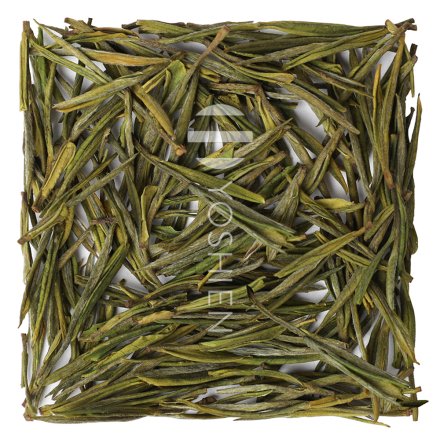Special features in location, cultivation and processing
This rare tea speciality is known for the slightly violet hue and curled underside of the young leaves. It originates from the Guzhu mountain area in the Qiandaohu township, located in the far north of China’s Zhejiang Province. Zhejiang is home to some of China’s most beloved green teas, the most famous being Long Jing (Dragon Well Tea).
This tea holds a special place within the broader landscape of Chinese green teas. As early as the Tang Dynasty (618–907), it was regarded as one of the most important imperial tribute teas, served in honour of ancestors, at important festivals and the imperial court. After a long period of obscurity, it was rediscovered in the late 1970s and officially recognised in 1986 as a national classic of Chinese green tea.
The tea’s production process follows the traditional steps for Chinese green tea (withering, "kill green" or halting oxidation, rolling, sorting, and drying), although two aspects deviate from convention and contribute to the tea’s unique character. During the "kill green" stage, rather than using the typical Chinese pan-firing method, the tea undergoes steaming – which is a technique otherwise associated with Japanese teas. The final drying of the leaves is also unique: they first receive a special dry-roasting, followed by the conventional oven drying.
Single Origin
This tea comes 100% from the above-mentioned tea field, sourced directly from the tea farmer.



